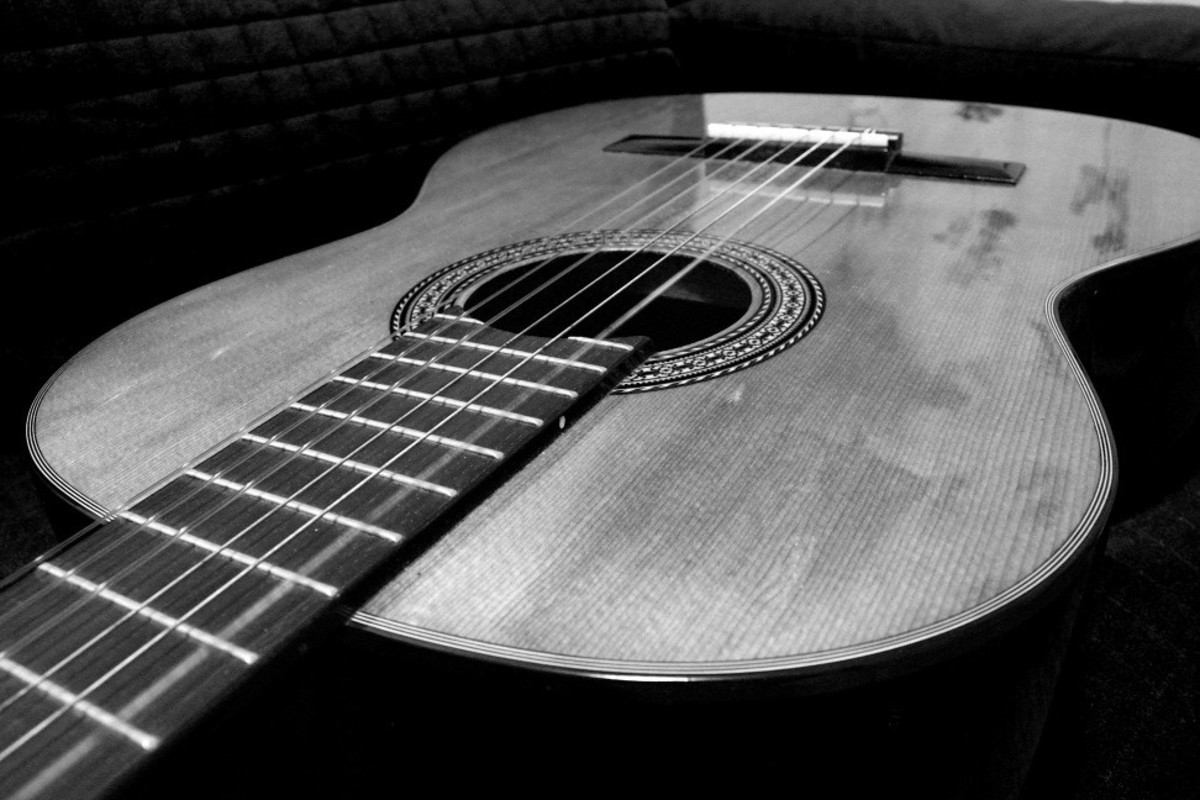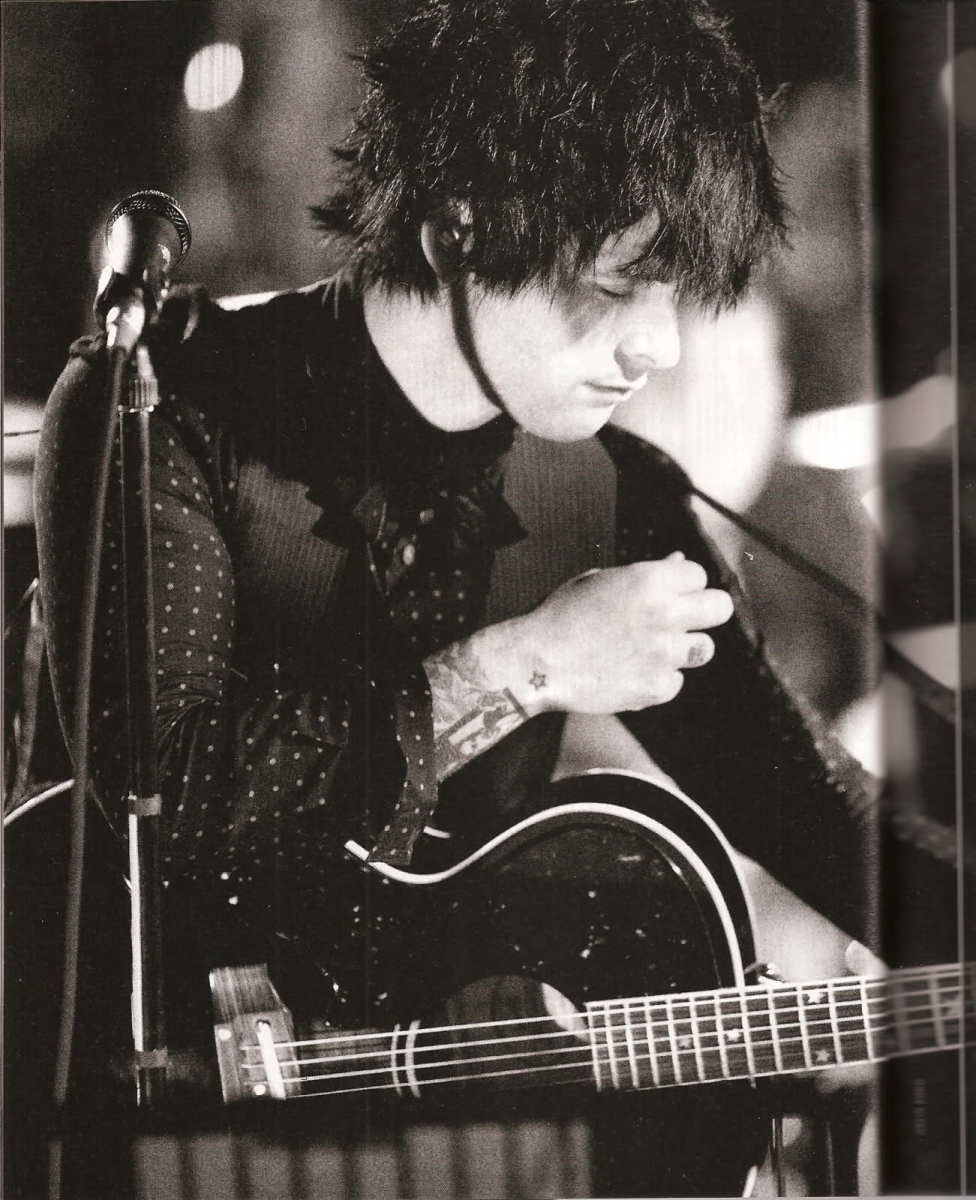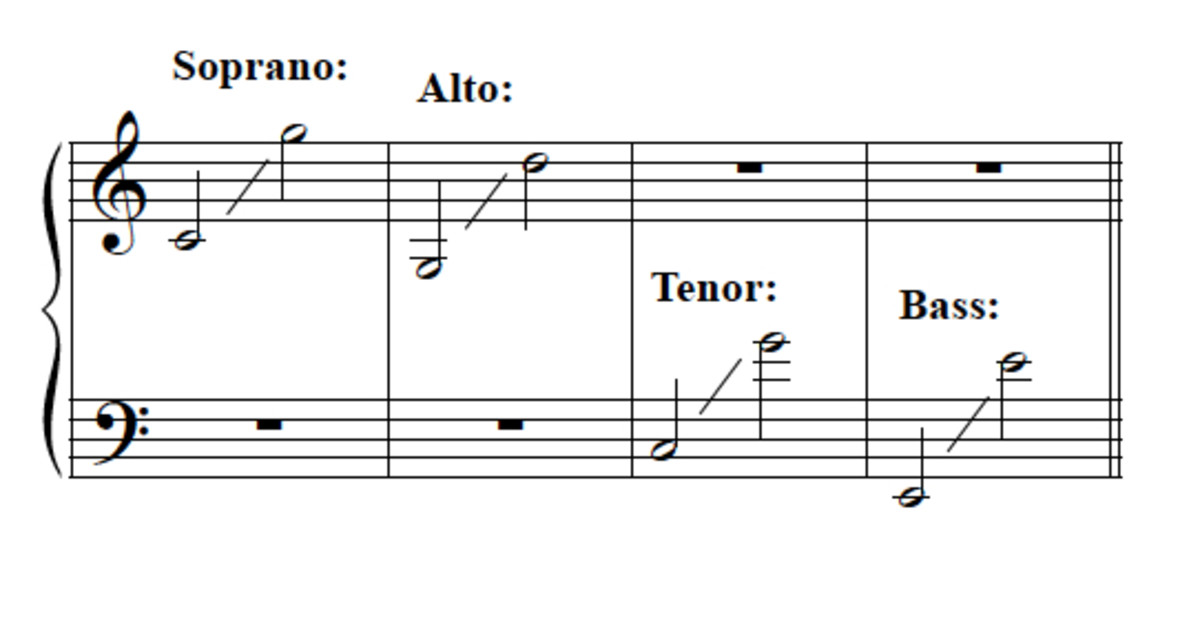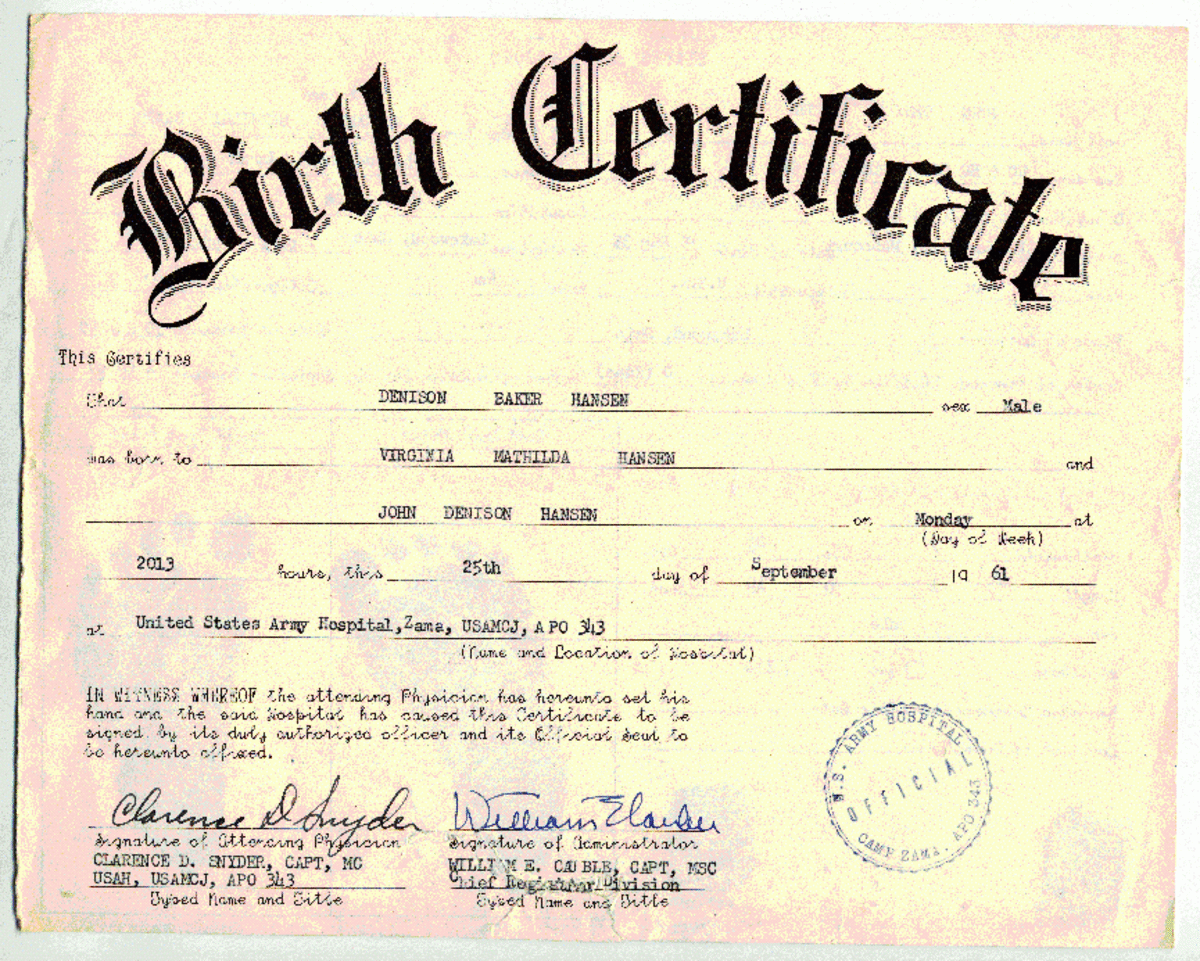How to Count in Music: The Basics
A-One, A-Two, A-One, Two, Three!
Anyone remember the old Lawrence Welk TV show?? This count was the way he always began his show, which featured his band, and guests who sang or danced to the music, with a little bit of interview thrown in. Of course, that was way back in the dark ages of only 5 channels on a TV set with a screen no bigger than a laptop computer of today; and the programs were produced and broadcast only in black and white. (Ok, so I'm dating myself.)
Mr. Welk may have begun there, but was among the first to embrace the new color TV broadcasting technology, the better to show off the elaborate costumes of the guest dancers.
In his signature introduction to the muisic, he was, of course, counting off the introductory measures for the band to begin playing.
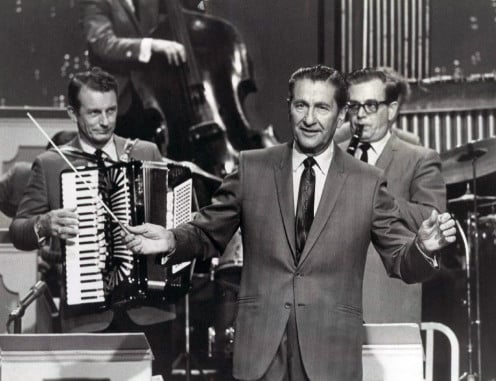
Musically Counting
Counting in music, as with any other kind of counting, involves numbers.
Seriously, though, music and math are fairly closely related. An engineer needs math to figure out the stress loads of buildings, or clearance tolerances inside an engine. A composer needs a certain amount of math to engineer the piece of music to come out sounding the way he intends.
And the musicians who play or sing the musical composition need the same math to interpret what the composer wanted the piece to sound like. Otherwise, you'd only end up with gibberish that sounds like musical mush, and every player would make the same piece of music sound totally different.
The main math in music involves fractions. Yeah. Those one number on top of the line; one number under the line constructions that always gave me fits in school: ¼; ½; ¾, and so forth. (The note values do subdivide as far down as sixty-fourth notes; usually found in very fast-paced music.)
You Have To Measure
In order to keep things orderly, the staffs are divided into sections called measures. For purposes of clarity, I am going to continue my illustrations using only the treble clef staff, although the same information applies to any type of musical notation.
The measure divisions are not only part of the phrasing and character of the music, but also help determine the tempo, or speed. This in turn is determined by what kinds of notes are predominantly used in the music. Measures are marked at intervals with vertical lines drawn through the staff from top to bottom.
They May Not Be Money, But Notes Have Value!

Timing is Everything
The left-most end of the staff of music in any piece, first shows the clef symbol, as we have shown in part one. Immediately after the clef symbol is the key signature. This tells what key (pitch) the music is written in. Following the key signature* is the time signature, virtually always written as a fraction.** This tells how many of which kind of note will be found within each measure and also which type of note gets the beat.
*Please note: if there is no "key signature" shown--only the time signature--this is the default for "key of C." That is because in the key of "C," there are no sharps or flats (the black keys on a piano) used.
_________________
**The two exceptions to the fractional format are alternate symbols for "common time," and "cut time."
The first looks like a big, ornate letter "C,"
and the second is the same, but with a vertical line running through it, similar to a 'cents' sign: ¢, except the line is not slanted, and the 'C' takes up most of the height of the staff.
It can get confusing for beginners, so I'll leave it at that for now.
Do Not Fall Into The Trap My Piano Teacher Caused!
Do not fall into the trap I did, caused by my piano teacher so many eons ago. Each type of note, whether whole, half, quarter, eighth, sixteenth, etc. gets a certain amount of time to sound.
This is where musical counting comes into play. Each "count" is called a beat. My piano teacher did me a great disservice by drumming into my head, "A quarter note gets one beat, a half note gets 2 beats, a whole note gets 4 beats."
Now that you have read that, please forget it!
That particular counting scheme applies only to the 4/4; 2/4; 3/4; 5/4; etc. time signatures, which tells you only how many beats to the measure, (top number), and which type of note (quarter note), that gets the beat (the bottom number).
In other tempos, such as "cut time" (which basically means double-speed), each note's value is cut in half, shifting the note values accordingly.
Therefore, in a piece of music noted as "cut time," that whole note would be reduced to a 2-count; the half note would get a one-count, and the quarter note would get a half beat count.
In other words, the note values are "the same" only in that they retain the same relative values to each other. Their own individual values are not set in stone.
What my piano teacher should have taught me instead, was, "A half note is held half as long as a whole note; a quarter note is held a fourth as long as a whole note, (or half as long as a half note) ..." and so forth.
But, she did not, so later in life, when I again explored music, I was thrown for a loop when I came up against "cut time," and could not get it right.
"Beat me, daddy, eight to the bar" has nothing to do with races, beatings or 'bellying up to the bar" for a drink!
Music is Everywhere
People respond to music. It surrounds us daily, whether we are listening on purpose to music for relaxation, to dance to, to energize us, or whether it is served up as part of an advertisement, we cannot escape music, and few would want to.
Humans love music and its rhythms, and this goes back into our pre-history. There is just something about listening to the tonalities and beats that speaks to our very core. It is a discipline, and takes years of practice to master, but is well worth the effort.
Even if you have no inclination to be a musician yourself, hopefully, the articles in this series will have helped your appreciation in listening.
© 2014 Liz Elias

